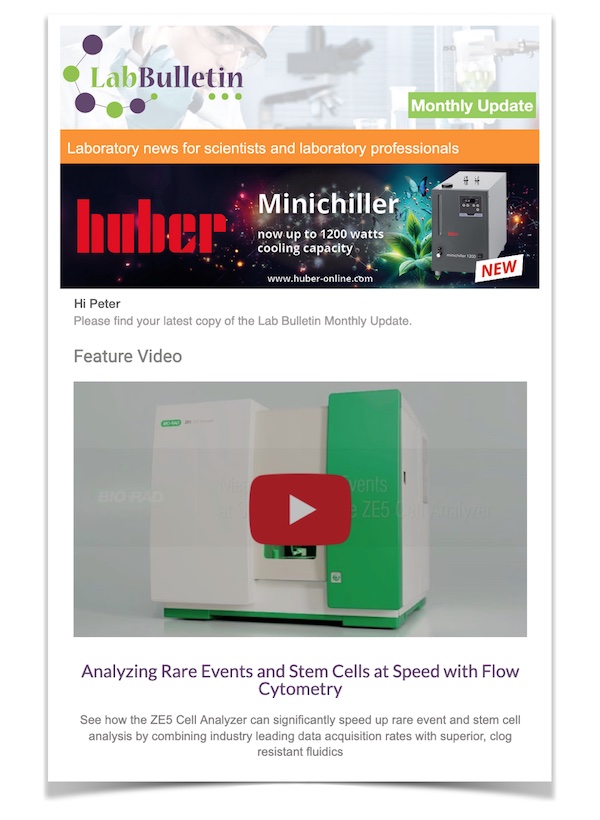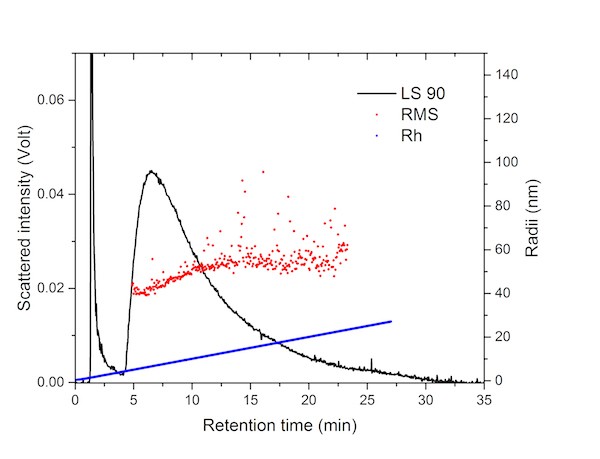Members Login

Channels
Special Offers & Promotions
Fast Measurement of Nanocrystal Length & Thickness
Postnova Analytics reports on how Asymmetrical Flow Field Flow Fractionation coupled to Multi Angle Light Scattering (AF4-MALS) has been successfully used to characterise a polydisperse cellulose nanocrystal for size and thickness in just 40 minutes analysis time.
Nanocrystals research has been an area of significant interest lately, due to a growing range of applications in advanced materials, biomedical, environmental, optical and semiconductor fields. Thorough size characterization of these nanocrystals is important since their rheological and control processing properties can be affected by their size, shape and surface area.
The authors of this new study propose AF4-MALS as an alternative to bulk characterization techniques such as Transmission Electron Microscopy (TEM), Atomic Force Microscopy (AFM) and Dynamic Light Scattering (DLS). The main advantages of AF4-MALS over the bulk characterization techniques are high resolution and fast analysis time.
Due to attractive properties including low thermal expansion, optical transparency, renewability, biodegradability, low toxicity and low cost - Cellulose nanocrystals are used in a range of industrial applications. In this study a Cellulose nanocrystal sample, isolated from softwood sulphite pulp, was analysed by AF4-MALS to measure the length and thickness of the crystals as a function of size. The cellulose nanocrystal length distribution was found to be in a good agreement with the result of the AFM analysis. Cellulose nanocrystal Rh (obtained from AF4) and R.M.S radii (obtained from MALS) were used to calculate cellulose nanocrystal thickness. The Cellulose nanocrystal thickness profile showed a broad distribution suggesting aggregation of single crystals at the larger end of the distribution.
more news from postnova analytics
Media Partners



